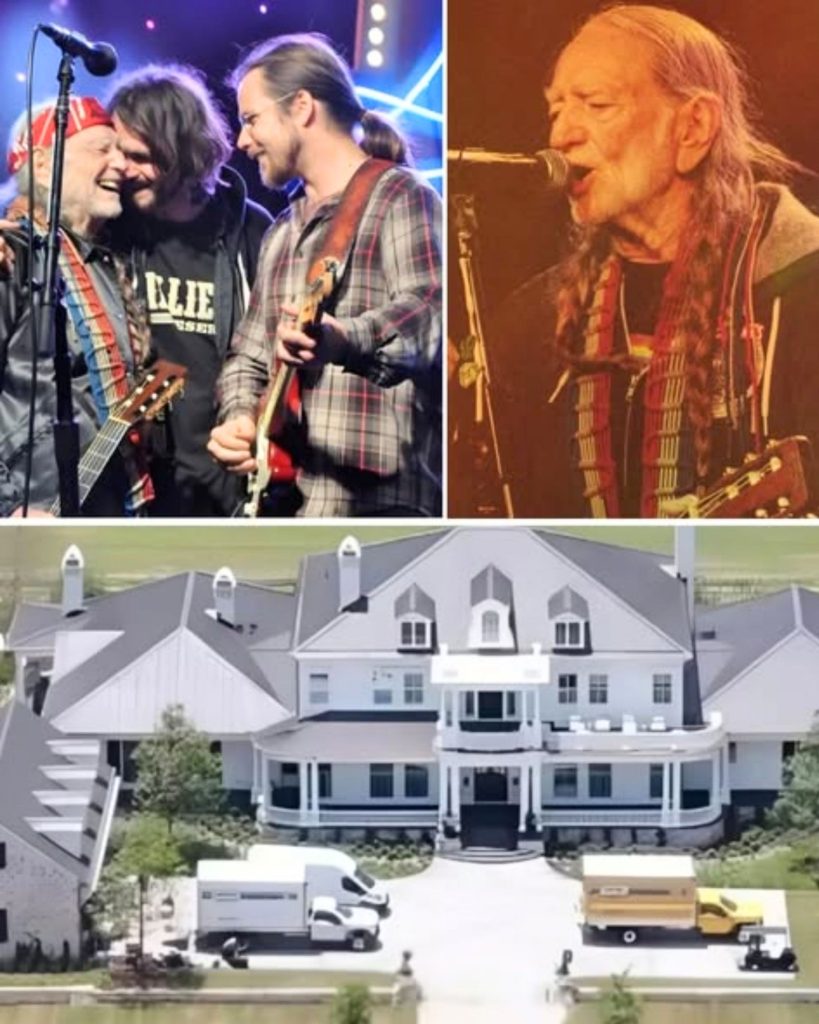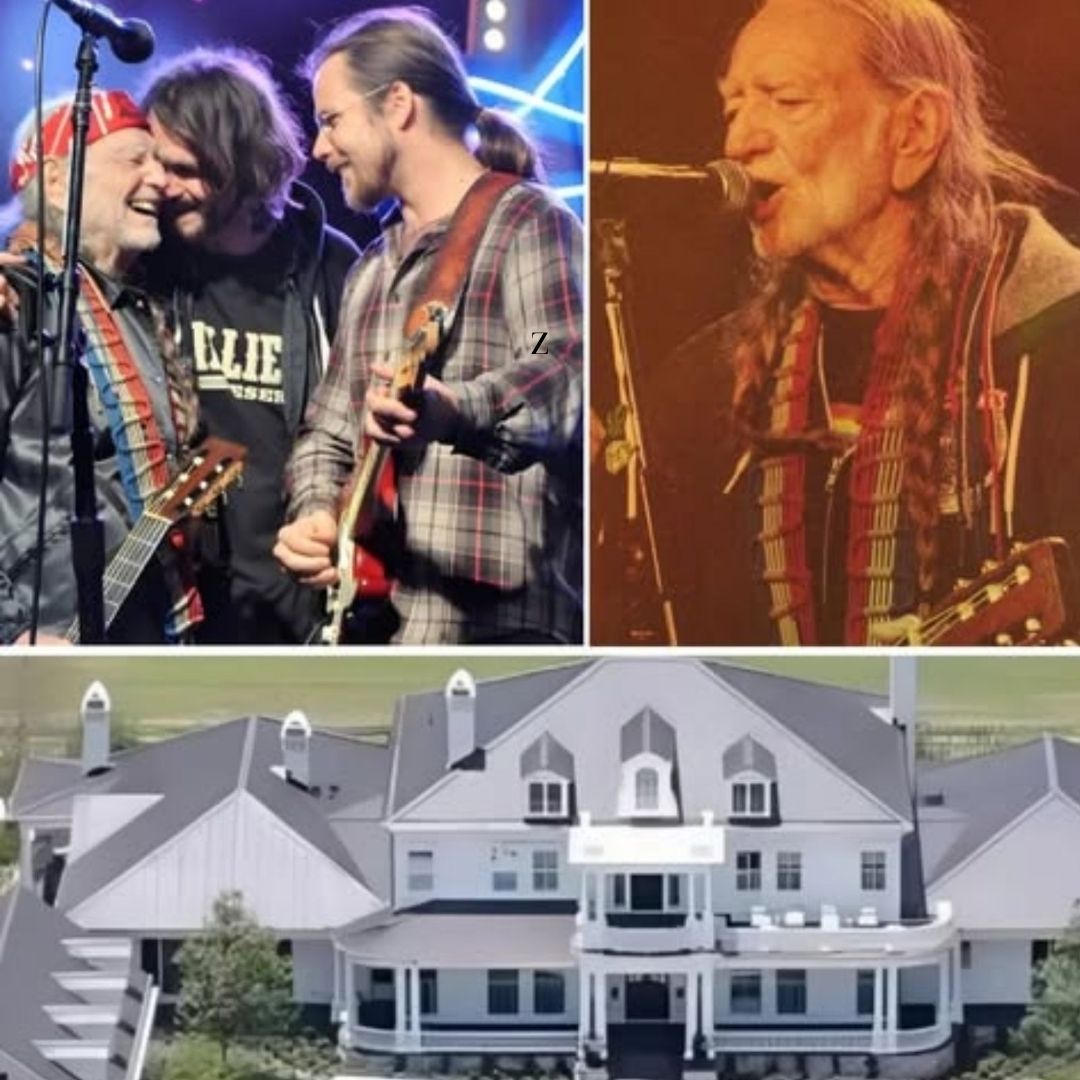
From Broken Roots to Blooming Hope — Willie Nelson Turns His Childhood Farm into a Legacy for the Forgotten
It wasn’t a new record. It wasn’t a surprise duet. And it wasn’t the long-awaited continuation of his legendary “One Last Ride” tour. What Willie Nelson did this time was something no one could have predicted — and it moved millions to tears.
At 91 years old, the Red Headed Stranger quietly returned to Abbott, Texas, the small town where his story began. There, weathered by time but still ablaze with purpose, he bought back the very farmhouse where he grew up — a place not defined by comfort, but by hardship. It was within those walls that Willie knew hunger, endured loneliness, and carried the wound left behind when his mother walked away.
TRANSFORMING PAIN INTO PURPOSE
For most, reclaiming such a home might have been a personal act of closure. But Willie Nelson has never lived just for himself. Standing on that land, he revealed something extraordinary: the house would become The Family Farm Trust — a sanctuary designed to feed and shelter those who are too often forgotten, including veterans, struggling farmers, and overlooked musicians.
“I don’t need another stage,” Willie whispered to a small gathering of loved ones. “I need to leave behind a place where no one ever feels forgotten.”
A LIFETIME OF MUSIC AND HUMANITY
For decades, Willie Nelson has stood at the crossroads of art and compassion. His songs — from “Always on My Mind” to “On the Road Again” — have become woven into America’s soul. But his activism, especially through Farm Aid, revealed something deeper: his heart has always been with the people who work the land, serve the nation, and carry music through life’s hardest seasons
By reclaiming his childhood home, Willie is not just remembering the past — he’s reshaping the future. The Family Farm Trust will provide meals, shelter, and belonging for those who have lost their footing. It stands as both a monument to his childhood struggles and a promise that others will not walk that road alone.
A HOMECOMING FULL OF MEANING
Locals in Abbott say the sight of Willie walking the grounds of his old farmhouse is “surreal.” One neighbor, voice trembling, shared: “That house was where Willie had so little. And now he’s turning it into a place where others will have so much. That’s the most Willie thing he could ever do.”
For fans, the announcement feels like the closing verse of a lifelong ballad — a return to the beginning, but sung with the wisdom and scars of nine decades. Willie Nelson has always been more than a performer. He is a truth-teller, a bridge between brokenness and healing. Now, with this act of love, he extends his legacy far beyond music into something living, lasting, and real.
FROM ROOTS TO HOPE
In Abbott, Texas, the farmhouse that once stood as a symbol of abandonment is being reborn as a sanctuary of belonging. Out of broken roots, Willie Nelson is cultivating hope.
